Listen To Your Valley Fever Stories
Family, friends, and patients tell their experiences with the fungal disease. Hear their stories.
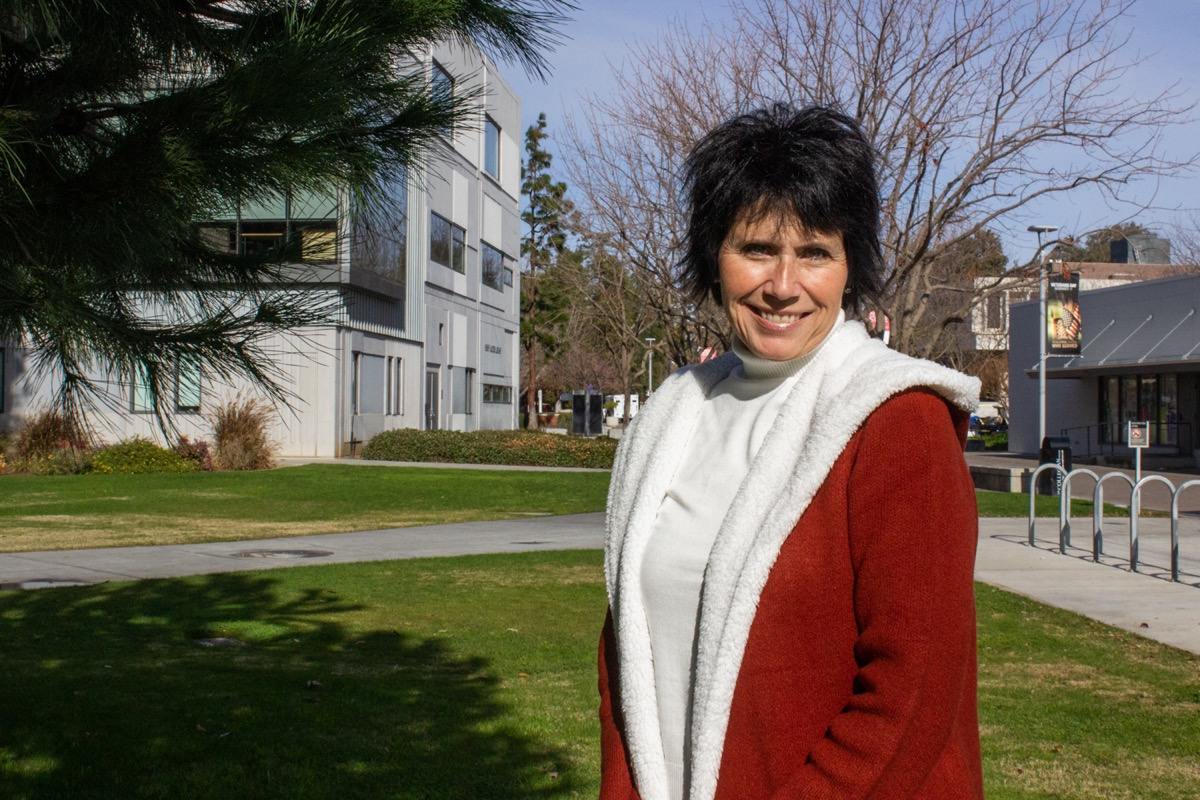
 It’s an illness that often starts out feeling like a cold or a mild flu: a cough, shortness of breath, a low fever. But valley fever, a commonly misdiagnosed fungal disease also known as coccidioidomycosis, can take a severe path. In 2016, Lisa Harrington, a recently retired school administrator in Fresno, developed a persistent fever of over 100 degrees and extreme exhaustion. Antibiotics and steroids wouldn’t help. Then, she became alarmed by a growing purple lesion on her wrist—another symptom of the disease. That’s when she asked her doctor to be tested for valley fever.
It’s an illness that often starts out feeling like a cold or a mild flu: a cough, shortness of breath, a low fever. But valley fever, a commonly misdiagnosed fungal disease also known as coccidioidomycosis, can take a severe path. In 2016, Lisa Harrington, a recently retired school administrator in Fresno, developed a persistent fever of over 100 degrees and extreme exhaustion. Antibiotics and steroids wouldn’t help. Then, she became alarmed by a growing purple lesion on her wrist—another symptom of the disease. That’s when she asked her doctor to be tested for valley fever.
“I think I’m the poster child for valley fever. I had every symptom on that list,” she told Science Friday in November 2019. Harrington had disseminated Valley Fever, where the soil fungus Coccidioides spreads through the body after breathing it in from the air. Her chronic condition—a rare form of the disease that affects 5 to 10% of valley fever patients—continues to cause fatigue.
Harrington isn’t alone in her experience. The latest numbers show thousands get infected with valley fever every year, with the majority of cases in Arizona and California. While Science Friday and Valley Public Radio produced an in-depth report on the disease, we asked if you had been impacted by valley fever.
The response was incredible. Over 50 people from across the United States recorded audio messages of their experience with the disease on the SciFri VoxPop app—from patients to family members to friends. Listen to a selection of the stories below.
Please refresh your browser if you do not see the audio play buttons below.

Gregory S. from Bellingham, Washington:
In 2006, I was diagnosed as having valley fever. I lived for 18 years in Tucson, Arizona. Having this disease was probably the worst thing that happened to me since the death of my parents.
I felt like I had concrete blocks on my chest for about two to three months. I had trouble breathing. I lost 25 pounds. I couldn’t hardly walk up a flight of stairs.
I was misdiagnosed twice as having viral pneumonia at one of the local hospitals in Tucson, Arizona. And then finally, I thought I really was going to die. I had a friend of mine who was a radiologist do a close up of the X-ray I had on my chest, and he thought that I probably had valley fever.
It took me over a year to recover. It got into my eyes. It got into my lungs. It affected my brain, my memory. I’ve never had anything like this in my life, and as I listen to people talk about symptoms from COVID-19, it brought back a lot of memories for me.
Leslie O. from Pensacola, Florida:
I got valley fever in the late 70s when I was at the university in Tucson, Arizona. I became very sick, and I still have lung damage from the time that I had valley fever.
“Having this disease was probably the worst thing that happened to me since the death of my parents.”
Guillermo N. from Saint Paul, Minnesota talks about his mother in northwest Arizona:
Late last year, my 83-year-old mother showed some kind of shadow, some kind of scarring in her lungs in a CT scan. After more tests, including a biopsy, they found that what she had was a scar that resulted from valley fever. After we went through the test and looking more into it, many of her friends have been in the past diagnosed with Valley Fever. It seems to be endemic to that region.
Dave from San Diego, California:
About over five years ago, here in San Diego I got diagnosed with valley fever. It was a journey of six months where I started out with a bout of pneumonia. Then over six months a bunch of fevers and chills where I never felt right, to where I had to go to an ER with a case of meningitis where they diagnosed it with my cerebral spinal fluid. To this day I have to take medicine every day, twice a day, morning and night for the rest of my life, at least what they say.
Mike from Boise, Idaho:
I got a bad case of valley fever in 1995 based on fire activity. At the time, I was a U.S. park ranger working in Sequoia Kings Canyon National Park and had dispatched a fire engine to the California coast. When that engine came back, a number of us got valley fever from trying to clean it up.
I was in the hospital three months, in rehab three months, back in the hospital for three months, in rehab for another three months. I have had multiple brain surgeries, including placing shunts and Ommaya reservoirs [plastic devices implanted under the scalp] for them to apply drugs for the treatment in the valley fever. While I was in the hospital, on three separate occasions, they suggested to my wife that she get the boys together and come down so that they could say goodbye.
It has been a long, hard road, and unless I’d had a supportive family, I probably would not have in any way made it. Valley fever is extremely insidious. It is there forever. I am still taking medication to try and prevent it from returning.
“I can’t honestly even remember what our normal life was like. All I know is what valley fever living is like now.”

John M. from Houston, Texas talks about his wife:
In July 2014, we took a family vacation to San Luis Obispo County, central California. Sometime during that trip my wife took one breath that completely upended our life. We wouldn’t know until we returned back home to Texas that she had contracted valley fever.
Two weeks after the trip, she was in the hospital with a pneumonia of unknown origin. Six weeks later, she was diagnosed with cocci meningitis. Two weeks later, I was giving her CPR on our bedroom floor. That was the first time valley fever tried to kill her. Just over a year ago, it tried again, as her meningitis relapsed.
It’s been nearly six years now, and I can’t honestly even remember what our normal life was like. All I know is what valley fever living is like now.
Judy M. from Phoenix, Arizona talks about her sister-in-law:
My sister-in-law was diagnosed with valley fever in December of 2017. She was treated with oral antifungal agents for several months. She kept progressing, kept progressing. Long story short, by August of 2018, she was hospitalized, was on IV antifungal and ended up losing her left lung to valley fever in September of 2019.
“It’s an illness that not very many people know about, but it can really have lasting effects.”
Rebecca B. from North Carolina talks about her husband:
Hi, my name is Rebecca Brown, and my husband, Dusty, has valley fever. He was diagnosed in 2017 with cocci meningitis. It disseminated to his brain, and he has had four or five strokes. And we moved to North Carolina so his dad can help me take care of him.
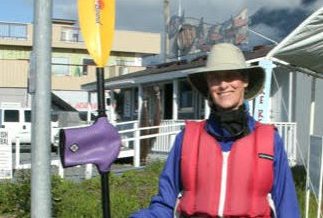
Sue A. from Mexico, Missouri:
In about 1970, I had some hives on my legs, but they were not bothering me at all. I had to go to the local Air Force base for diagnosis and treatment, the new medic there had just studied the area [of Phoenix] and wondered what the hives were. When he tested me, I came back positive for valley fever.
That was something I knew nothing about. I lived in Phoenix for several years and did field archeology during that time, as well as working with horses outdoors, so of course, I inhaled plenty of dust, and some of that dust had the disease-causing elements in it.
I had no symptoms, but my lungs showed scarring, and my blood showed it. I was warned at the time that since lung tissue cannot repair itself doctors might see scars that looked like tuberculosis scars and might also want to do surgery on my lungs. Fortunately, those things have not happened.
Much time has passed, and now the winds have blown harder with climate change, and I understand that this disease is spreading now that there are more dusty places in the United States.
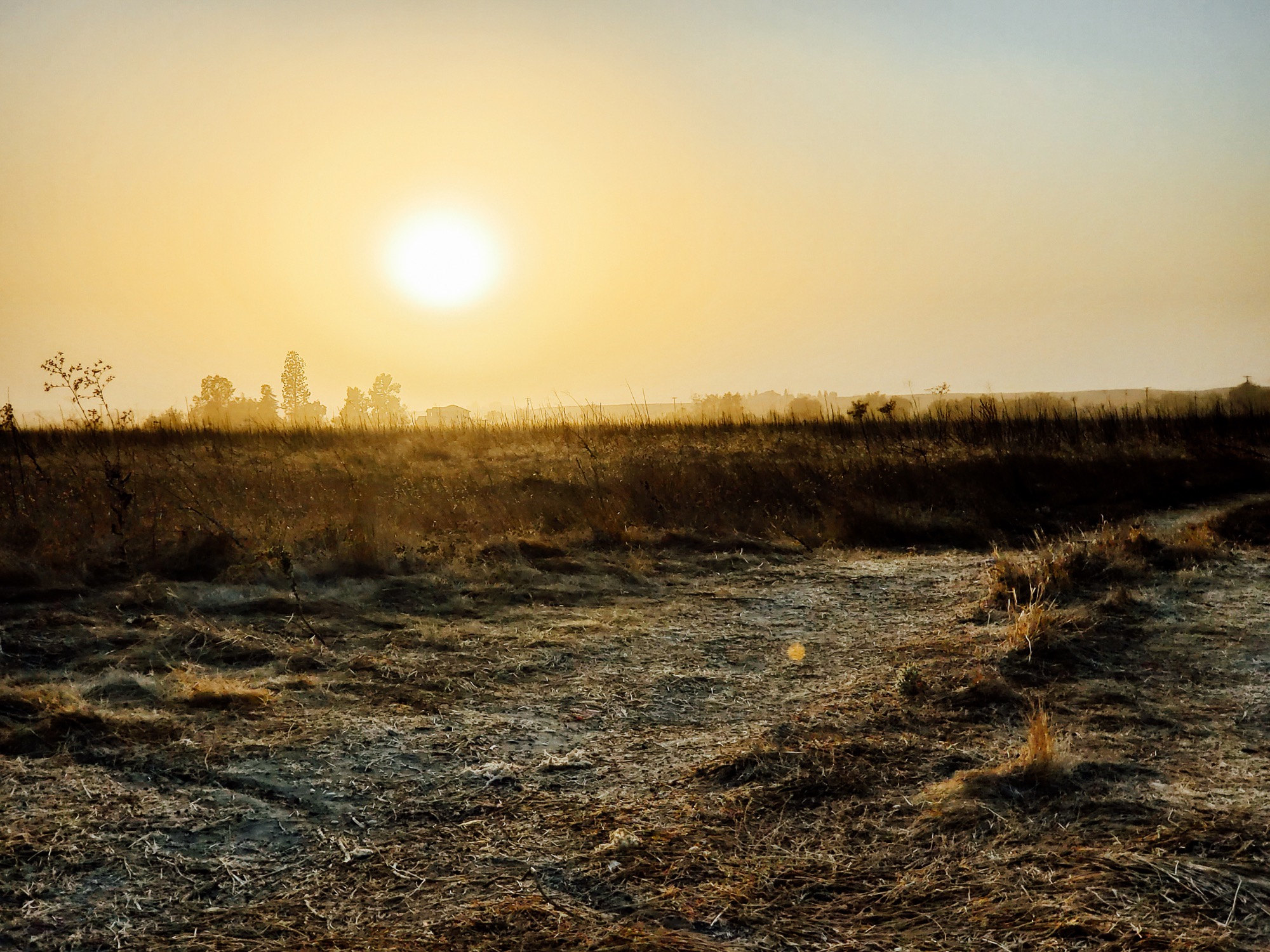
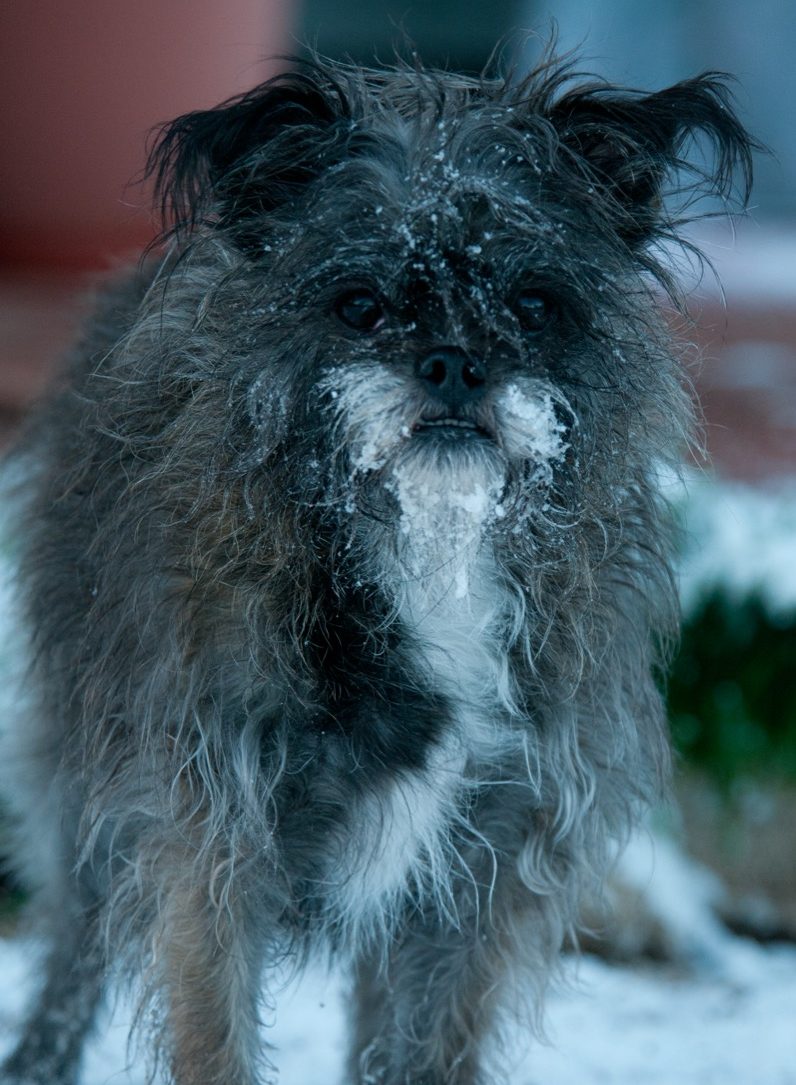
Mary M. from Tucson, Arizona:
Forty years ago I had valley fever, and it took me more than a year to recuperate from it. Twenty years ago my best friend had valley fever, and it ended up killing him. Five years ago, my dog got valley fever and she recovered completely in only five months. So I think it’s safe to assume that pretty much everybody who lives in Tucson knows someone who has been affected by valley fever.
Terry from Washoe Valley, Nevada:
In 1982, when we lived in Bakersfield, I noticed that I had on my legs perfectly round little bruises, and they’re a symptom of valley fever. I went to my OBGYN and said, ‘hey, I think I have valley fever.’ So the next day I was going to be induced and they went ahead and ran a blood test. And yep, I had valley fever.
I was really lucky. All I had was a severe chest cold, but it felt like there was an anvil on my chest. There were other people who we knew in Bakersfield, who also had valley fever. Some had no symptoms, some ended up with some brain damage, and a few died. It’s an illness that not very many people know about, but it can really have lasting effects. I was one of the lucky ones.
“I had been hospitalized several years before with influenza, and my recovery from this valley fever was much more difficult.”
Beth from New Orleans, Louisiana:
I grew up in Arizona, was diagnosed in college. It was pretty severe. I had to have several X-rays to make sure my lungs were okay. I’ve moved to the South, have had pneumonia a couple of times, and when people X-ray my lungs they’re concerned that it may be cancerous. But it tends to be just old scars and I assume it’s from the valley fever.
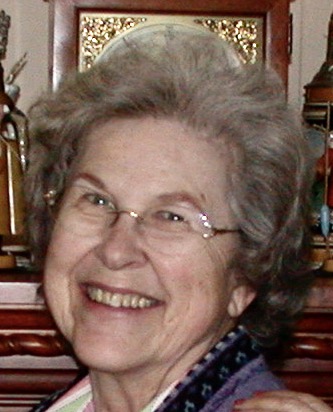
Marilyn R. from Boulder, Colorado:
When I was living in Tucson, 20 years ago, I contracted coccidioidomycosis. There was a lot of new construction and dust in my neighborhood. I think that made it easier for the agent to get into people’s lungs.
It began with fatigue, then fever. Next, I was short of breath and had a productive cough. Two days later, the joint and muscle aches were so severe I had to have help getting out of bed.
I was bedridden for 10 days. For the next few weeks, I had little energy and a lingering cough. I had been hospitalized several years before with influenza, and my recovery from this valley fever was much more difficult.
Peggy from Huntington Beach, California talks about her brother:
My brother’s first job back in the 1980s when he graduated from college was to do environmental impact studies around the Bakersfield area, which is hot and dry, and he did succumb to valley fever. It gave him flu-like symptoms that would make him very sick. Once he recovered, it would periodically come back through the years. In fact, even recently, I think last year, he endured another bout of it.
Californian Arthur Charles had his life turned upside down when he breathed in a fungus in the dust. Read his story on Science Friday’s Methods.
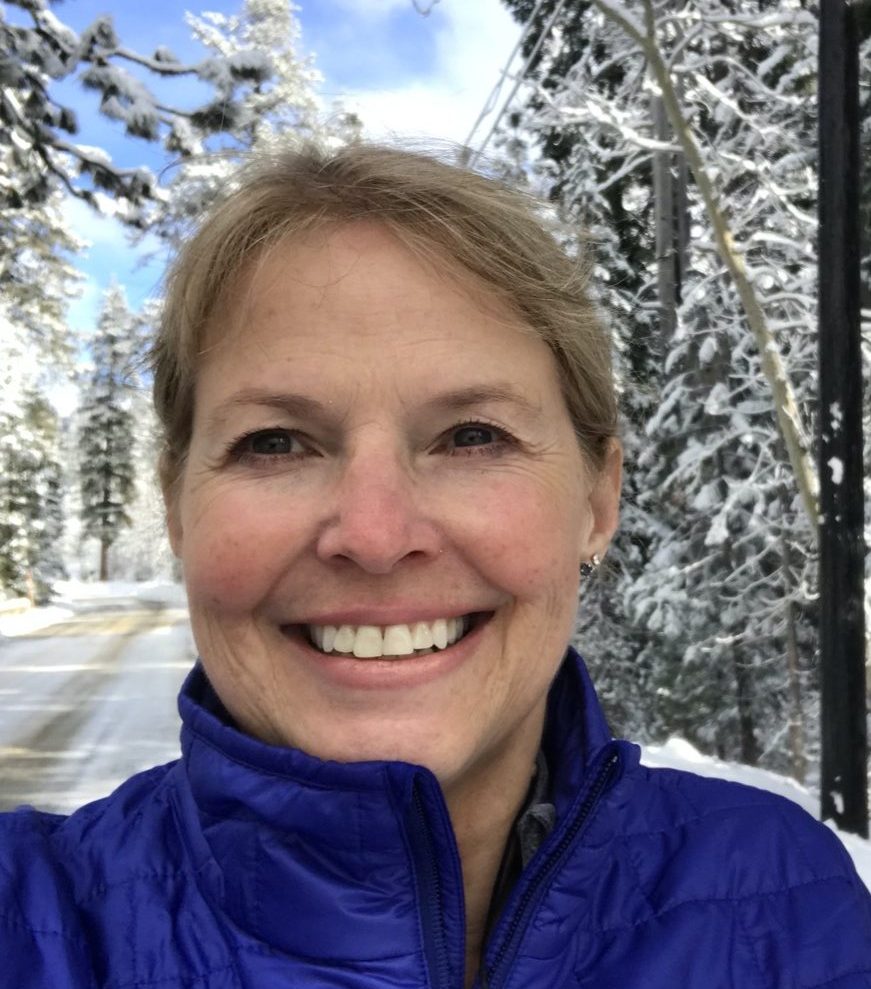
Anna A. from Reno, Nevada:
Last summer I was on a rockhounding trip with my sister and we went out to Hawthorne [Nevada] and we were in a pretty bad wind storm over there while we were looking for rocks and just exploring the area. The following week I became more and more short of breath and I do have a history of asthma, and just thought it was my asthma that was acting up.
Eight days, nine days since I’d been out to Hawthorne, I developed the worst shortness of breath I’ve ever had. Fevers that were breaking through Tylenol and Advil, and was on the couch for literally four days. This went on for months. I started having symptoms the end of July, the first part of August. I kept quizzing my doctor about fever of unknown origin and that this could be in the mix. I’m a nurse practitioner so it even heightens my awareness.
“Valley fever is extremely insidious. It is there forever.”
Matt from Cripple Creek, Colorado:
I had valley fever so bad that, eventually, I lost my right ankle. Doctors said when they diagnosed it, I had valley fever so bad that I was going to die. And if I didn’t take this medicine, called amphotericin. I took it, went into seizure. I woke up the next morning, but I fought valley fever for 20 years.
Gary from Camarillo, California:
We lived in Simi Valley in 1994 when the Northridge earthquake occurred. We had a lot of damage at our house. My father came over to help us during the week after the earthquake, and he came down with valley fever. All the aftershocks were shaking the spores up into the air and he contracted the disease.
Scotty D. from Tucson, Arizona:
I came down with valley fever when I was 18, after already living in the state of Arizona for 15 years. I had it bad enough that I had to move out of state for the summer. I have family in Virginia. Not too hard. But more importantly, I just discovered, because we had a cat come down with valley fever, valley fever in cats is horrendous.

Colton from Windsor, Colorado:
Hi, my name’s Colton, and I’m from Windsor, Colorado. I’m 31 years old. I contracted valley fever in 2010 while working in the San Joaquin Valley, California.
My condition was initially diagnosed as bronchitis and I was given antibiotics. My symptoms began with a low fever and a large body rash progressing into continuous fever over 103 degrees and coughing up blood-tinged mucus. As my condition continued to worsen, I returned home to Colorado and was diagnosed with valley fever.
My chest X-rays showed eight nodules and one cavitation with a massive pleural effusion in my right lung. I underwent a thoracentesis to remove a total of two liters of fluid from my right lung cavity. After around three months, my overall health began to improve, and I remained on antifungals for one and a half years. Today, after 10 years, my inflammation flare ups are returning less and less frequently, and I’m very excited to hear local coverage of this lesser known disease.
Responses have been edited for length and clarity. These are the direct testimonials of listeners and they have not been source fact-checked.
Lauren J. Young was Science Friday’s digital producer. When she’s not shelving books as a library assistant, she’s adding to her impressive Pez dispenser collection.